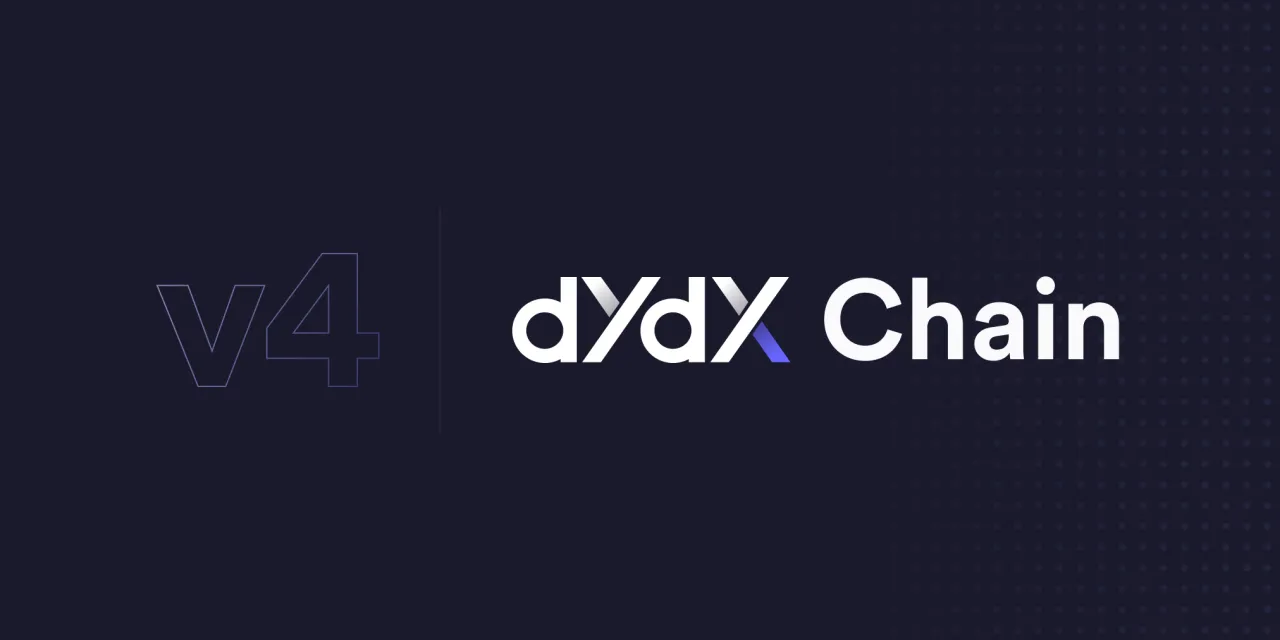Table of Contents
Decentralized derivatives exchange dYdX is migrating away from Ethereum to build its own blockchain on Cosmos, according to an announcement on Wednesday.
dYdX is a decentralized exchange (DEX) focused on the trading of perpetual contracts. It is the largest decentralized derivatives exchange, with more than US$690 million in trading volume in the past 24 hours. Its new standalone blockchain will be based on the Tendermint consensus and built using Cosmos SDK.
The Cosmos network, dubbed the “Internet of Blockchains”, is emerging as a powerful ecosystem for DeFi protocols as it facilitates interoperability between unique blockchains, which means that data and assets can be exchanged between multiple blockchains under a single ecosystem.
Read more: Cosmos (ATOM) – An Interstellar Investment Bound for the Moon?
The upgrade, dubbed “V4”, is aimed at fully decentralizing the protocol, which according to the team will ensure the “decentralization of [the project’s] least decentralized component.”
“The fundamental problem with every L1 or L2 we could develop on is that none can handle even close to the throughput needed to run a first class order book and matching engine”, the dYdX team said in the announcement.
Unlike other DEXs, which use automated market makers (AMMs) to fill orders, dYdX will continue using a traditional order book model (a more efficient method especially for institution-sized trades), except that it will be still decentralized because validators will be the ones to run an in-memory off-chain orderbook, with orders being matched in real-time by the network and the resulting trades being subsequently executed on-chain.
Read more: Are Automated Market Makers Sustainable?
The team also noted that developing its own blockchain will allow for “full customizability”, while increasing the protocol’s processing capacity by 10x. Traders will also not be required to pay gas fees to trade, but rather a percent-based trading fee similar to centralized exchanges. These fees would then accrue to validators and their stakers.









